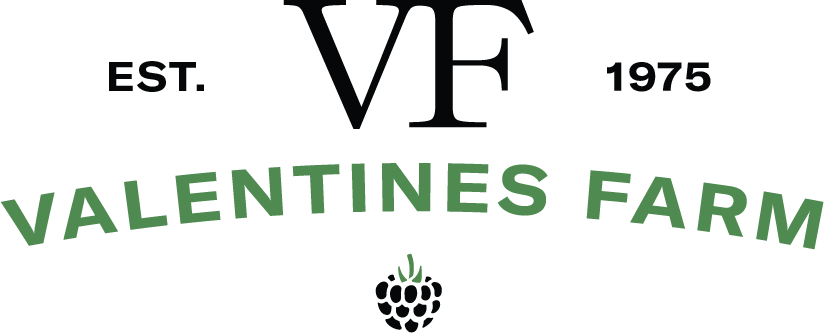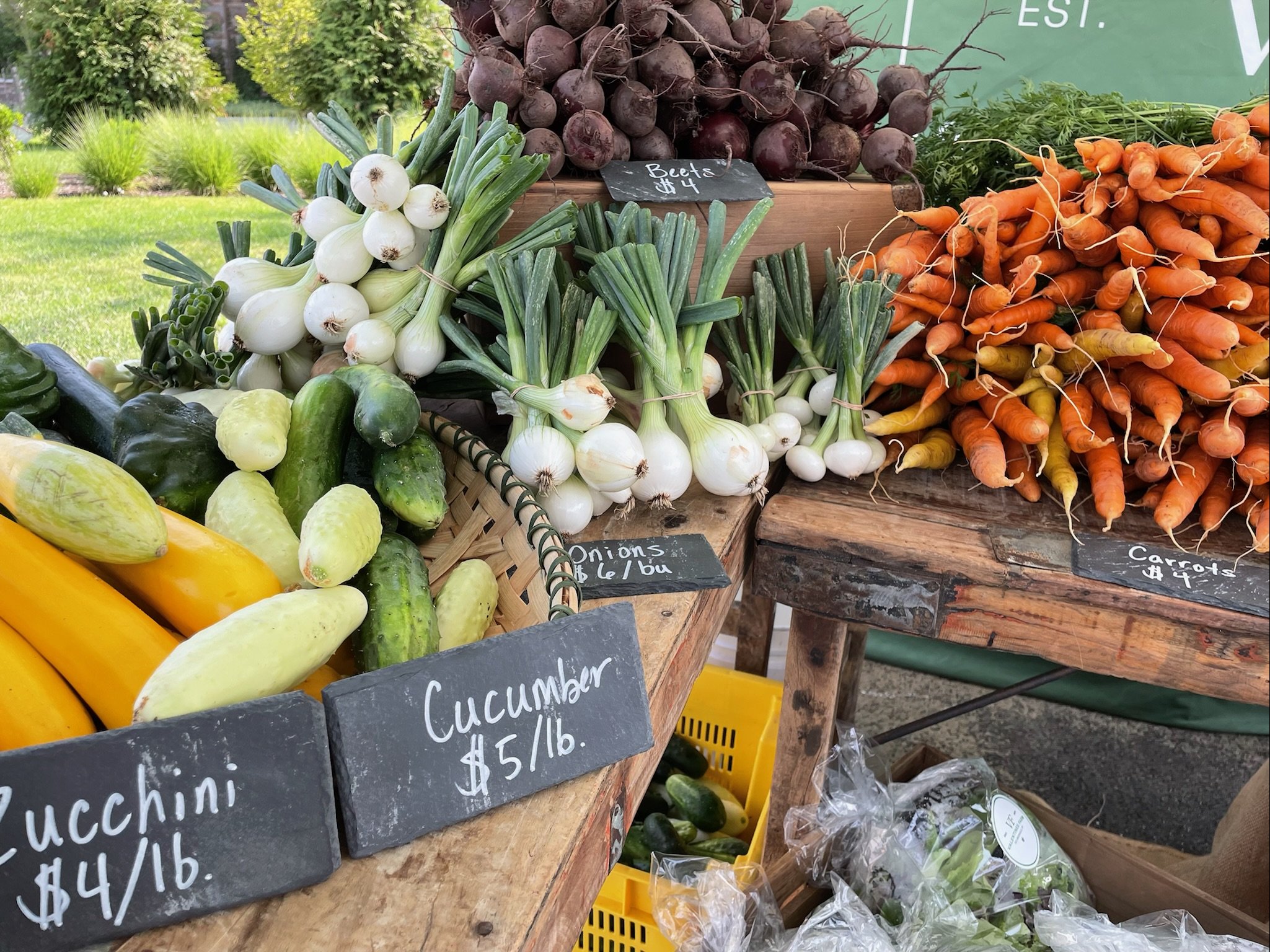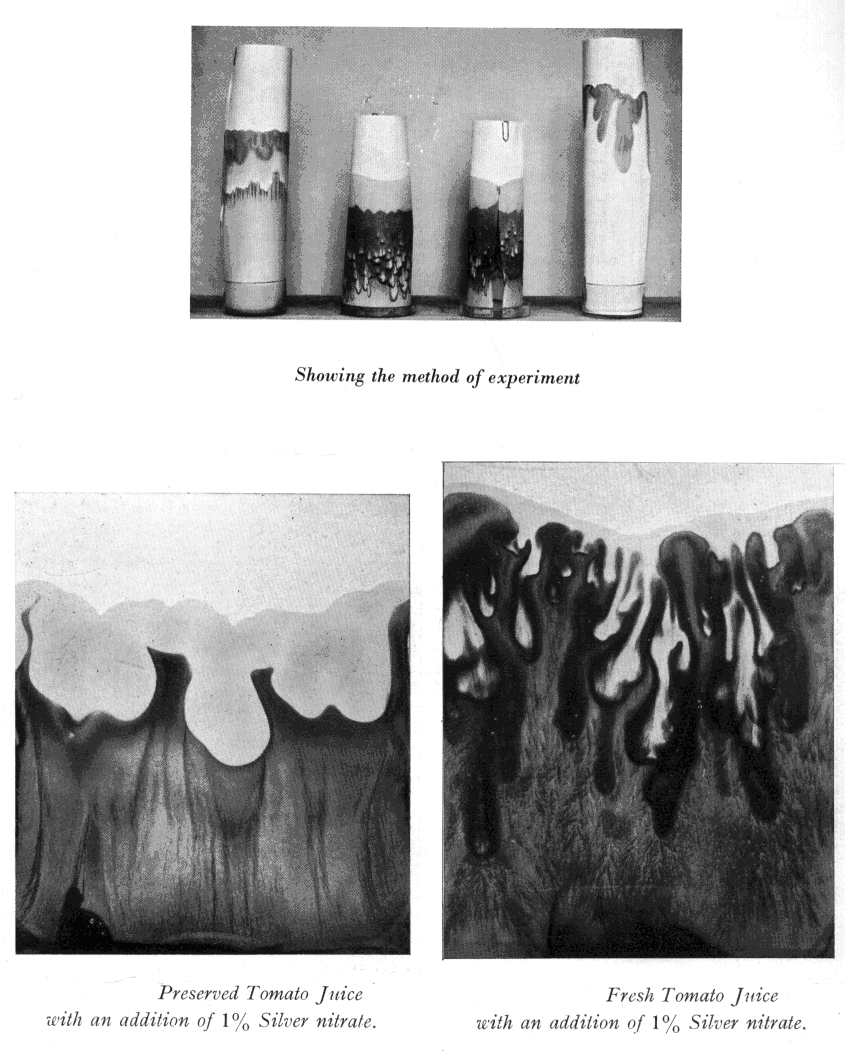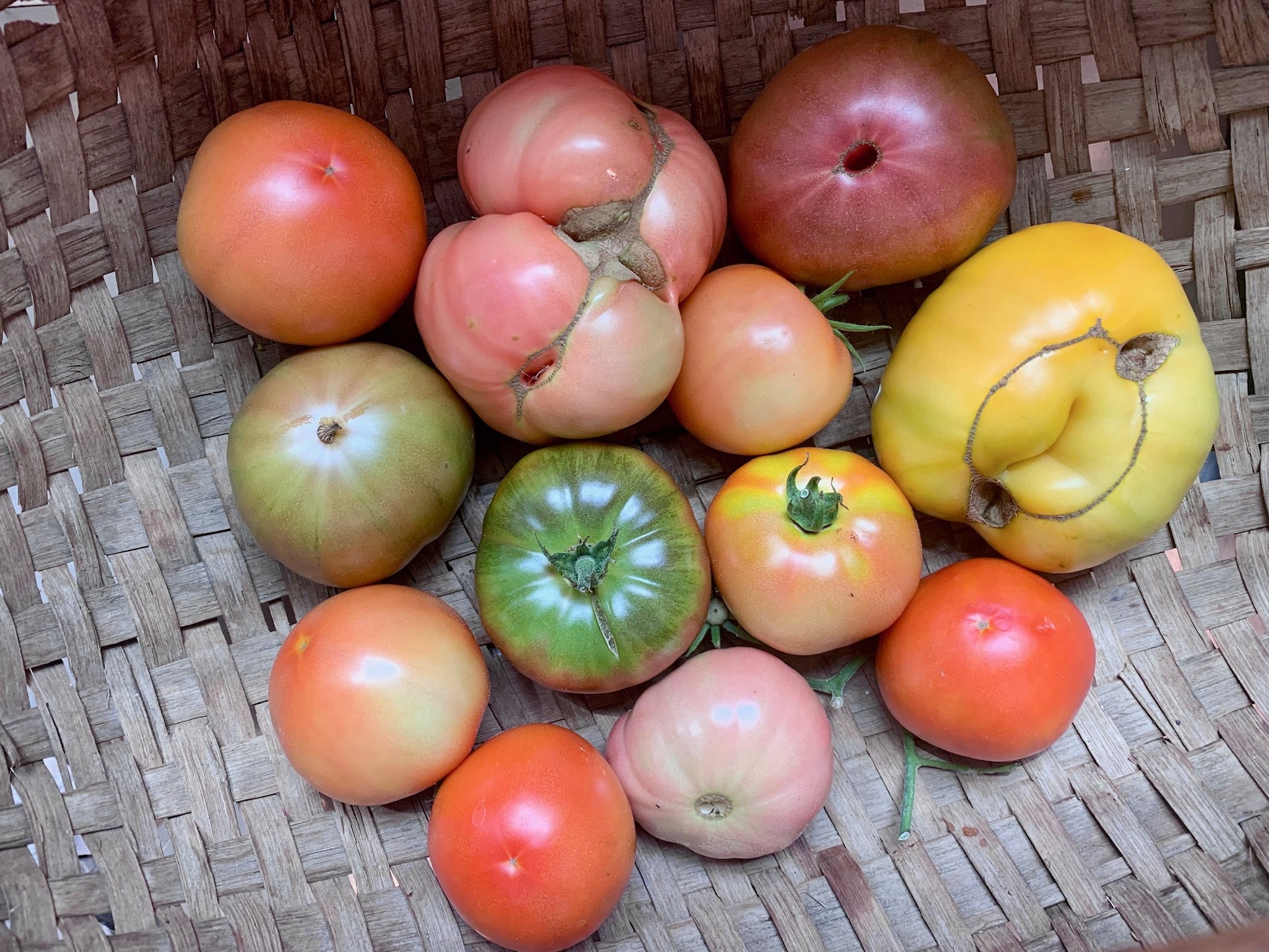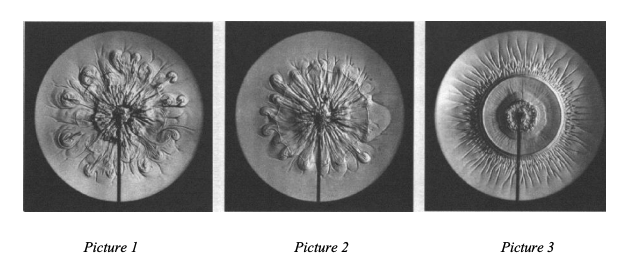From the Ground Up: Sensitive Analysis for Nutritional Quality
We started with A Couple Biodynamic Basics, then Nourishing Nutrients, and now Sensitive Analysis for Nutritional Quality in our From the Ground Up series, to share with you some of our fundamental ways of doing and being here at VF.
In the last of our 3-part series, we want to highlight three very interesting and inspiring methods for analyzing food quality. These methods have one thing in common: conscious observation! These methods are scientific tools used to analyze the quality and vitality of food and water in ways that are otherwise challenging to measure. Follow along to find out how they work!
Sensitive Crystallization
This method is performed by the crystallization of a copper chloride solution when mixed with a sample of the desired substance. Studies have been performed between biodynamically-produced wine vs. conventional wine of the same grape, or of milk from a cow on a biodynamic farm vs. a conventional dairy farm, or even of a sample of the same orange juice after various storage methods (see right).
This type of analysis creates an image that may resemble a leaf or tree, with dendritic, fan-like patterns. The patterns are created through evaporation of the water, inviting the copper chloride salt to migrate from the center of the plate to the edges, and as it travels, creating structure and the form to be observed. These patterns are then compared and interpreted, and may change drastically when compared to plants of different varieties, different stages of growth, farming methods used, and storage of the sample (ie. freezing, refrigeration, or fresh).
Take a minute to observe the images. How are they different from one another?
In this example of freshly squeezed orange juice, there is a contraction observed in the quality of the sample after one day in cold storage. The concentric rings show a change in the vitality of the sample and a difference in the way the salt travels, creating different pictures to be compared to one another for a holistic understanding of what is changing.
In Sensitive Crystallization analysis, individual pictures retain little value and only when compared to others provide data for interpretation - understanding of the sample can only be gleaned by observing a series, by considering the whole. Through this method of analysis we can learn to read the vibrancy and intrinsic vitality of a food substance, how it is affected by various influences and ultimately, how this food is going to nourish us.
Click the link for more pictures and here for a deeper understanding of this amazing method!
Capillary Dynamolysis
Created by Lili Kolisko in the early 1920s, Capillary Dynamolysis is a technique to investigate the etheric or life forces within an agricultural context. When these forces are out of balance, parallels can be drawn as to how they relate to disease in plants, animals, and humans.
The technique she pioneered is simple. A measured standard quantity (10cc) of the substance to be tested like tomato juice (shown below) is placed in a shallow glass vessel with a cylinder of filter paper placed vertically on the dish.
The sample is absorbed, rising up the filter paper like a sponge, and then the filter paper is then left to dry. The process is repeated, but this time with a 1% solution of a soluble metal salt is added to the dish before the absorption print is taken. The resulting images reveal the formative forces present in the sample through the reaction that produces these wonderful shapes!
The results come about by interpreting the form of the patterns created on the paper. These become qualitative observations, rather than quantitative ones and can only be interpreted in relation to others, like fresh vs. preserved juices as shown (see right).
Contemplate at the images…
How does one image feels different from the other?
You can see there has been a qualitative difference between these two samples, evident in the shapes revealed by their level of freshness and vitality, respectively. In the tomato juice example shown here, the preserved juice shows weak, loose shapes and lack of form and complexity in comparison with the fresh tomato juice which presents dynamic, strong formative and vital forces at work.
For more on this method, check out this article here.
Drop-Picture Method
The last of the 3 methods we’re highlighting today is the Drop-Picture Method, developed by Theodor Schwenk. In addition to nutrient-dense food, water plays a major role in our health and nutrition - our bodies are 70% water after all! The water we introduce to our bodies will influence our health and vitality depending on its quality and recent studies continue to showcase the importance of water quality. The Drop-Picture method is another way in which we can measure the energetic qualities of something, this time water, by observing how it moves. Just as movement quality of the body is an indicator of our health and vitality, so it is with water.
To perform the Drop-Picture method, a thin layer of a water sample is mixed with a 12.5% glycerine solution. This sample is stimulated to move by dropping standardized drops of distilled water about every 5 seconds in the same spot on the sample. These droplets and their ripples are photographed and compared as the water sample moves and changes. Differences can be seen by comparing the pictures of different samples of water.
Let’s dive into these three samples from the Water Research Institute:
What can you observe when you analyze the images?
Picture 1: This is a picture of what is deemed as high-quality water. Notice the continuity of its flow. The fluid, delicate, shapes and swirls are the expression of water that has mobility, sensitivity, and vitality.
Picture 2: Compared to picture 1, this picture showcases a weak and underdeveloped form. There is some rigidity that shows a contraction of form and a lessening of vital life quality. This sample was taken from water in contact with sewage and industrial waste, then treated by standard treatment methods - like many of our municipal water sources.
Picture 3: The furthest of this series from a healthy water sample, this picture lacks any fluidity, delicacy, or complexity. Sharp lines denote a lack of flow and movement. Thinking about the body, these types of movements are harsh and jarring as opposed to fluid circular motions. In this water sample, a small drop of detergent has been added and shows just how sensitive and receptive water is to outside influence.
These three photos are just a small sample of many studies that have been done to determine the health and vitality of various sources of water. From the water we drink to the water we irrigate our crops with, water plays a vital role in our everyday lives. There is a very interesting way in which to enhance the quality of water that we will share in a future blog - stay tuned.
For more, click here!
The methods presented here engage us through sensitive observation. This way, we can learn about the connectedness of all things and the fascinating mystery of life through our own senses, wonderings, and curiosities - our imagination transcends quantitative data. Modern Western science as we know it, does not yet consider these methods as valid because they rely on interpretation, they are objective, but we feel like there is much to be gained from this line of research when complemented with our trusted and well-documented scientific modalities.
In closing, it can be challenging to measure the nutritional quality within foods as there is only so much we know to measure, only so much we understand, and it seems like the more we know, the less we know! Technology and innovation has allowed us to learn more than ever before and the practice of examining something in relation to the whole, in addition to analyzing its smaller, broken-down constituents offers a comprehensive way to understand life processes and the nourishing quality of food. We implement this holistic approach at the farm, and it helps us place our work into a larger context and understand everyday events more deeply. We hope that this 3-part blog series inspires you to see the world of food in a new light and that you join us in our journey towards more conscious food sourcing and ways of eating, and nourishing.
